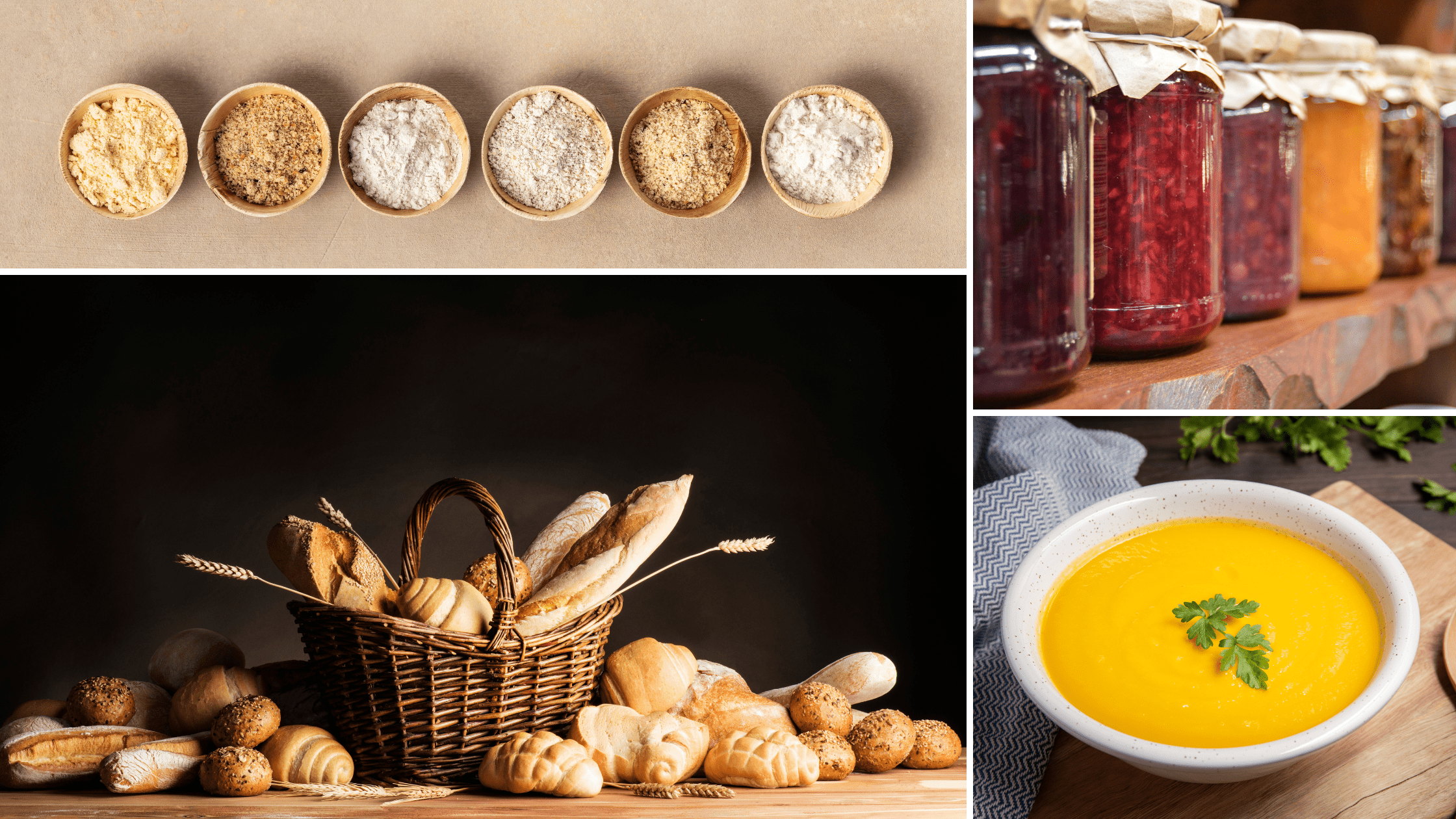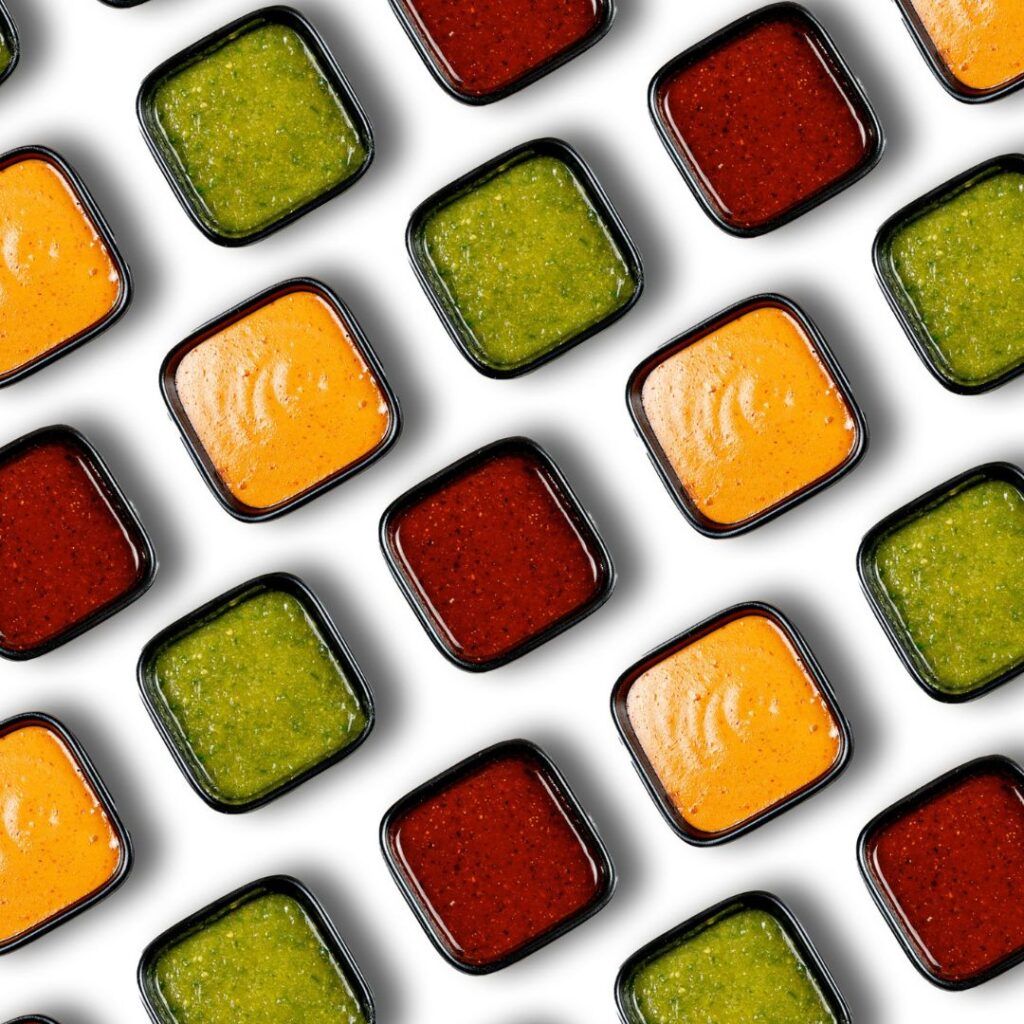Types of Food Thickeners

In this article, we will discuss the different types of food thickeners. These ingredients are essential and play a crucial role in creating that perfect texture we all desire in our dishes. At Sanygran, we aim to provide you with the most useful information, highlighting some of the most common thickeners in the food industry, including yellow pea starch.
What are Food Thickeners?
Thickeners are substances used in the food industry to increase the viscosity or density of products without significantly altering their taste. They are used in a variety of products, from sauces to soups and creams, to provide a denser, creamier texture.
According to the Food and Drug Administration (FDA), both natural and synthetic thickeners are key ingredients in the formulation of food products, ensuring their stability and improving the consumer experience.
Types of Food Thickeners
There are various types of thickeners in the food industry, classified into natural and non-natural. Below are the main types of thickeners used in cooking:
Natural Thickeners
Natural thickeners come from plant, animal, or mineral sources. These are widely used due to their safety profile and their acceptance by consumers who are looking for more natural and eco-friendly products.
- Yellow Pea Starch: Yellow pea starch is a highly efficient natural thickener, used to thicken sauces, soups, and other food products. It is an ideal option for plant-based products due to its plant-derived properties.
- Xanthan Gum: This natural thickener is frequently used in the food industry due to its ability to create a dense, stable texture in liquid and semi-liquid products. It is obtained through the fermentation of sugars.
- Guar Gum: Derived from the seeds of the guar plant, guar gum is mainly used in the processed food industry to thicken dairy products and bakery items without altering the flavour.
Pectin: Primarily used in the making of jams and jellies, pectin is a natural thickener derived from fruits such as apples and citrus. It helps to create a gel-like texture.
Synthetic Thickeners
Synthetic thickeners are chemically created substances used to improve the viscosity of food. They are employed in the food industry due to their high stability, uniformity, and performance under various processing conditions.
- Carboxymethylcellulose (CMC): A chemical derivative of cellulose, CMC is widely used in the food industry as a thickener and stabiliser. It is found in products such as ice cream, sauces, and beverages to improve texture and prevent crystallisation.
- Polyvinylpyrrolidone (PVP): This synthetic compound is used as a stabiliser and thickener in the food and pharmaceutical industries. Its ability to absorb water makes it useful in powdered products and nutritional supplements.
- Methylcellulose: Derived from cellulose through chemical modifications, methylcellulose is used as a thickener in gluten-free products, as it helps to give structure to doughs and baked goods. It is also used in meat substitutes to improve texture.
Other Types of Thickeners in Cooking
In addition to natural and synthetic thickeners, there are thickeners derived from natural sources whose structure has been modified to enhance their functionality in the kitchen and food industry. These are widely used due to their efficacy and cost.
- Cellulose Gum: Derived from cellulose, cellulose gum is a thickener commonly used in products such as ice cream and sauces. It is flavourless and provides a smooth, stable texture.
- Carrageenan: Extracted from seaweed, carrageenan is used in dairy products and plant-based milk alternatives. It helps to maintain the stability of emulsions and provides a creamy texture.
- Modified Starch: Although modified starch is derived from natural sources, its structure has been chemically altered to improve its thickening properties, such as heat resistance and the ability to thicken under extreme conditions.

What Do Natural Food Thickeners Contain?
Natural thickeners, such as yellow pea starch, are primarily composed of carbohydrates. In the case of starch, it consists of glucose molecules that form a complex structure capable of absorbing water, thereby increasing the viscosity of a mixture. According to the Institute of Food Technology Research (IITA), these thickeners are generally low in calories and contain no saturated fats, making them an attractive option for the food industry looking for healthier, more natural alternatives. Additionally, many of these thickeners are entirely plant-based, making them suitable for vegan and plant-based diets.
In summary, food thickeners, both natural and modified, play a crucial role in the food industry by helping to achieve the desired texture and consistency in a wide range of products. By choosing the right one, the organoleptic properties of food can be enhanced, ensuring an enjoyable experience for the end consumer.
Other articles you may be interested in: